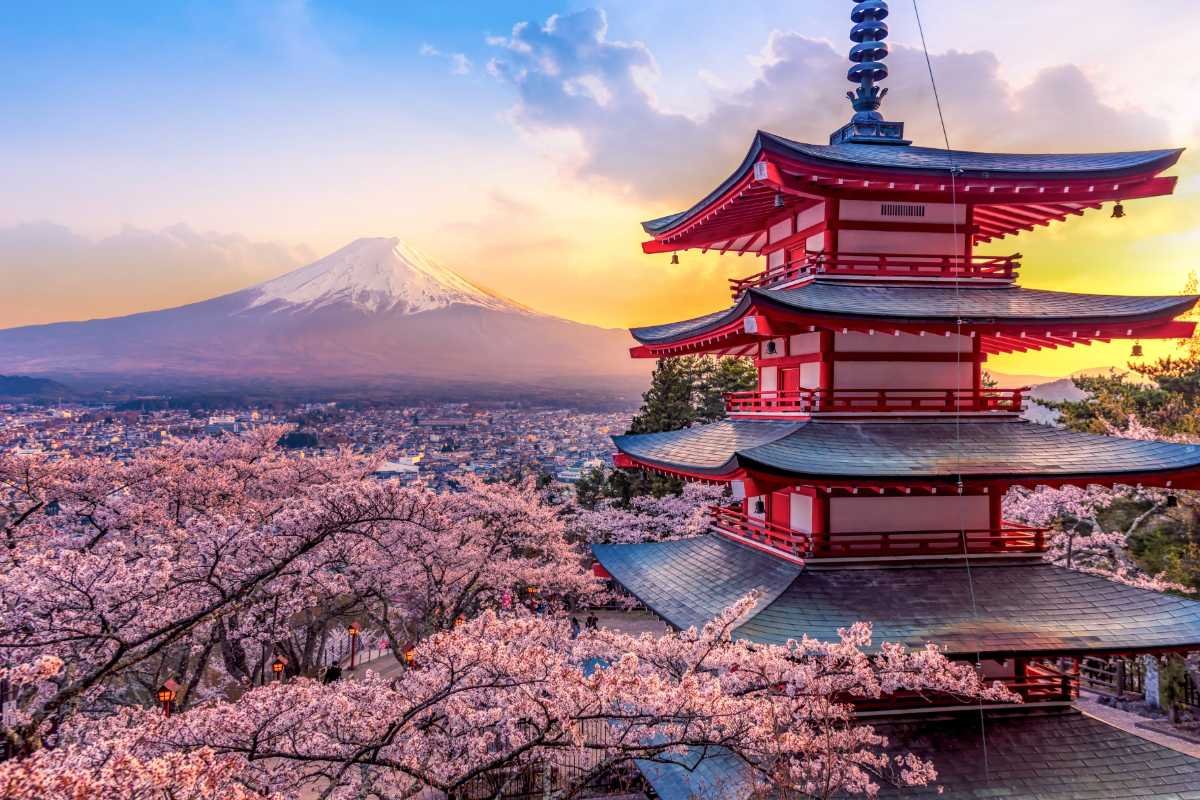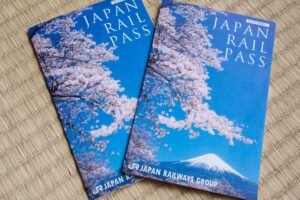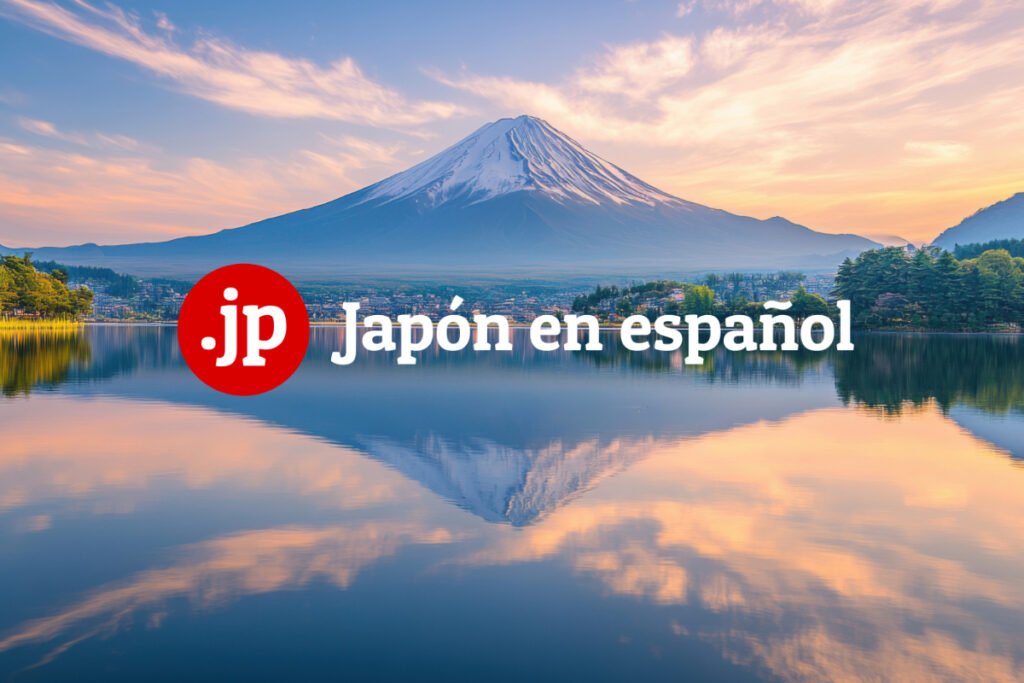Japan has seen a steady rise in American tourists, but 2025 is proving to be a record-breaking year. From the bustling streets of Tokyo to the tranquil shrines of Kyoto, the country is attracting travelers from the U.S. in unprecedented numbers. According to the Japan National Tourism Organization, the number of American visitors in the first half of 2025 has increased by over 30% compared to the same period in 2024.
What’s driving this surge? Experts point to a combination of favorable exchange rates, expanded flight options, and a growing fascination with Japanese culture—fueled in part by media, influencers, and post-pandemic travel habits. But beyond the numbers, there’s a deeper story about how and why Americans are reconnecting with the spirit of discovery in a country that offers both modern thrills and ancient calm.
Table of contents
Stronger Dollar, Cheaper Yen: A Financial Advantage
One of the most immediate reasons for the rise in American tourism to Japan is economic. The yen has remained weak against the U.S. dollar throughout 2025, making travel significantly more affordable for Americans. Hotels, transportation, and meals that might have felt expensive in years past now seem like a bargain.
This favorable exchange rate has especially benefited budget travelers and families, who are now able to experience Japan’s premium services—like high-speed Shinkansen trains or upscale ryokan inns—without breaking the bank. Even high-end dining, including sushi omakase experiences that once felt out of reach, is now within budget for many middle-class travelers from the U.S.
Expanded Direct Flights and Easier Travel Logistics
Another key factor is accessibility. In 2025, major U.S. airlines have increased the number of direct flights to Japanese cities, including not only Tokyo and Osaka but also Fukuoka and Sapporo. The expansion comes as demand for international travel continues to rise post-pandemic, and carriers look to capitalize on East Asia’s tourism boom.
In addition to better air connections, Japan has simplified visa procedures for U.S. citizens. Digital entry forms, multilingual signage, and a smoother arrival process at major airports like Narita and Haneda have made the experience far less intimidating for first-time travelers. The launch of more English-language apps and tourist support services has also made navigating the country easier than ever.
Pop Culture and the “Soft Power” Pull
Cultural influence plays a big role in attracting tourists, and Japan’s soft power continues to grow. American audiences are consuming more Japanese media than ever—anime, manga, video games, fashion, and even J-pop are now mainstream interests among younger generations. This cultural familiarity makes Japan feel more approachable, even if the language and customs are different.
Landmarks like the Pokémon Center stores, Studio Ghibli Park, and Universal Studios Japan’s Super Nintendo World are increasingly seen as must-visit spots, especially for millennials and Gen Z travelers. TikTok and Instagram are also filled with Japan-based content, from food adventures in Osaka to peaceful shrine walks in Nara, shaping what many Americans now expect and desire from a vacation.
A Safe, Clean, and Unique Travel Experience
Safety has always been a top priority for travelers, and Japan consistently ranks as one of the safest countries in the world. For many Americans weary of domestic travel challenges or unrest in other parts of the world, Japan offers a haven of order, politeness, and low crime.
Beyond safety, the overall travel experience in Japan is remarkably smooth. Trains run on time, customer service is attentive, and cleanliness is a standard. The blend of the hyper-modern—robot cafés, capsule hotels, neon-lit shopping arcades—with ancient traditions like tea ceremonies and temple stays provides a sense of balance and cultural immersion that few destinations can offer.
Seeking Serenity in a Post-Pandemic World
Finally, there’s the emotional factor. After years of lockdowns, uncertainty, and digital fatigue, many Americans are seeking meaningful, restorative travel experiences. Japan’s natural beauty, spiritual heritage, and slower rural rhythms offer exactly that.
From soaking in an onsen in the mountains of Nagano to walking the ancient Kumano Kodo pilgrimage trails, American tourists are looking beyond the major cities for a deeper connection with nature and tradition. These journeys often include elements of wellness, mindfulness, and reflection—values that have become increasingly important to U.S. travelers in a post-COVID era.
The reasons behind the growing wave of American tourism to Japan in 2025 are as layered as the country itself. Economic advantages, better access, cultural affinity, safety, and the search for meaningful experiences all play a part. But more than anything, this boom reflects a shift in how Americans want to travel: with curiosity, purpose, and a willingness to explore a world vastly different from their own. And in that quest, Japan seems to offer everything they’re looking for.













